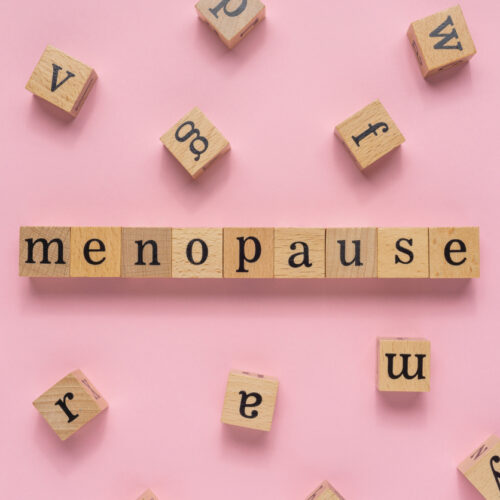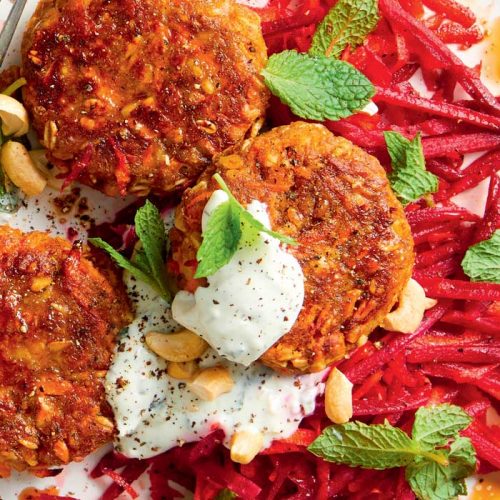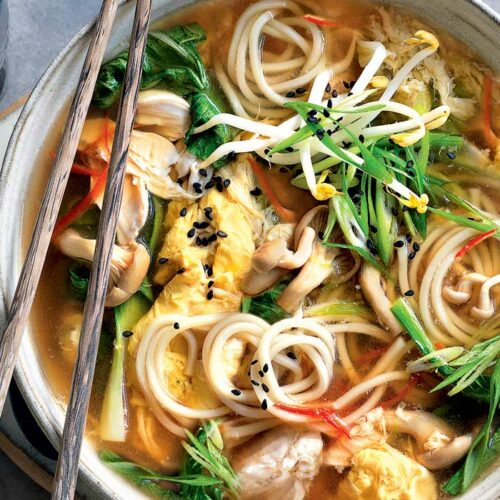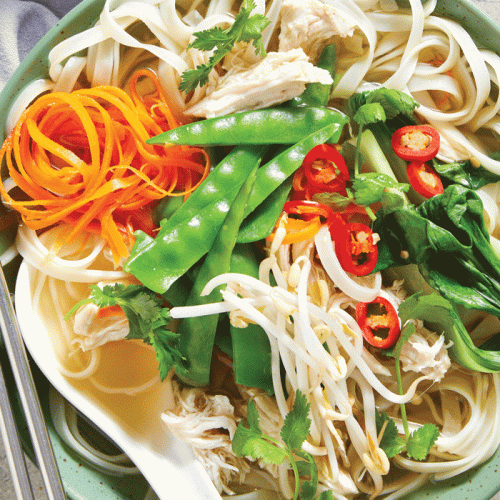
Most of us think of sugar as the white stuff we add to coffee or the sweet stuff that makes cakes taste so good. But sugar comes in many forms and is often hiding in seemingly healthy foods, too. Sugar is basically
a carbohydrate. As well as the refined, processed sugar you buy for baking, healthy foods like fruit, milk and even some vegetables (corn, potatoes, peas) are also sources of natural sugars. With so much noisy ‘talk’ out there about sugar, we give you the facts.
Not all sugars are created equal
Fruit, vegetables and whole grains are an important part of a healthy diet, so the natural sugars in these foods are not the ones you need to worry about. That’s because whole natural foods are also a source of valuable vitamins, minerals, antioxidants and fibre. Also, these foods do not promote tooth decay the way other sugars do. They also take longer to enter your blood stream, so are less likely to cause blood sugar spikes and sudden slumps that can wreak havoc with your mood, energy levels and appetite.
On the other hand, added sugars (white sugar, honey, syrups and even fruit juice) are more of a health problem. Known as ‘free sugars’ as they have no cell wall and gush into the blood stream causing energy spikes and crashes. They also lack nutrients, which is why they’re also called ‘empty kilojoules’. They’re frequently added in concentrated form to packaged foods such as biscuits, so your consumption of them is also multiplied.
Some believe ‘natural’ sugars (rice malt syrup, coconut sugar, agave nectar) are better for you, but the body treats them just the same as refined white sugar. Which is why they, too, are classified as ‘free sugars’ and should be limited, in accordance with World Health Organization (WHO) guidelines.
How much is too much?
We’re consuming about 60g of added (free) sugars every day. That’s about 14 teaspoons. Apart from being bad for our blood sugar levels, excess sugar causes tooth decay, and foods with high sugar concentrations, such as chocolate, biscuits, soft drinks and cakes, are also high in kilojoules, which can lead to weight gain.
WHO dietary guidelines recommend limiting our added sugar daily intake to six teaspoons for adults and three teaspoons for children. Given that a standard 600ml bottle of soft drink has around 16 teaspoons of sugar, this recommendation may be a big ask for many people!
Most people have no idea how much sugar they’re eating each day because most of it’s hidden in processed foods. Reading the ingredients list is the best way to discover how much added sugars are in a product because ingredients are required by law to be listed in order of quantity. This means if sugar, in its various forms and different names (see below), appears in the first two or three ingredients, it’s likely the food product is high in added sugars.
Sugar in disguise
When you’re out shopping, here are a few sugar names to look out for in the ingredients list:
Agave nectar
Brown sugar
Caramel
Coconut sugar
Fructose
Fruit juice concentrate
Glucose
Golden syrup
High fructose corn syrup
Honey
Invert sugar
Maltodextrose
Maple syrup
Palm sugar
Raw sugar
Rice malt syrup
Sugar claims
Beware, too, of cunning food manufacturing tactics. Here are three common marketing claims to be sceptical about when shopping:
- 100% natural sugar
This is confusing since all sugars (unless they’re artificial sweeteners) are ‘natural’ because they are all sourced from plant extracts. For instance, white sugar is derived from the sugar cane plant, but this doesn’t mean it’s healthy for you. - No added sugar
This usually means no refined, white sugar has been added. It does not mean there is no sugar naturally occurring in the product (as is the case with fruit juice), or that other forms of sugar, such as rice malt syrup or honey, haven’t been added to the product. - 50% less sugar
This simply means a food product has half the amount of sugar than a standard product. Since this claim is usually used for products high in sugar (cordial, jelly, lollies), halving the sugar does not necessarily mean
the product is low in sugar.
5 ways to tame your sweet tooth:
- Use fruit for sweetness Add fresh or frozen fruit to plain cereal, desserts and baked goods. Leave the skin on whenever possible to increase your fibre intake.
- Limit sugary drinks and lollies These provide no nutrients, so you’re better off quenching your thirst with water. If you add sugar to tea and coffee, cut back slowly so you can adjust to this change.
- Break the habit of daily cake Replace this morning or afternoon tea treat with fresh fruit and yoghurt or another nutritious sweet option.
- Choose unsweetened food varieties. Opt for plain yoghurt and add fruit for sweetness. Or drink plain milk instead of flavoured varieties, and look for breakfast cereals with the lowest amount of added sugars or, even better, no added sugars.
- Skip bottled sauces and dressings Drizzle balsamic vinegar and olive oil over salads, and use lemon, garlic and herbs to flavour meals instead.
Do I need to quit sugar?
While we should all be mindful of our sugar intake, there’s no need to completely avoid sugar for good. As seasoned dieters may be all too aware, the more deprived you feel, the more likely you’ll crave (and binge on) the foods you’re missing. The key is moderation. Eating (and thoroughly enjoying!) a slice of cake on a special occasion is not going to ruin an otherwise healthy diet.
This is why HFG occasionally uses small amounts of sugar in our cakes, biscuits and other dessert recipes. Our goal is to ensure you can enjoy sweet treats in modest portions on special occasions, but not every day. In accordance with WHO recommendations, the sensible, healthy approach is to focus on making minimally processed whole foods the basis of your everyday diet.
www.healthyfood.com










